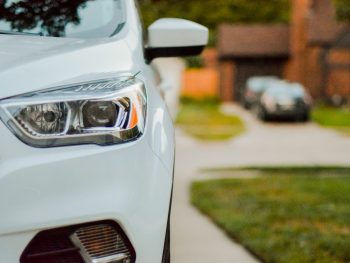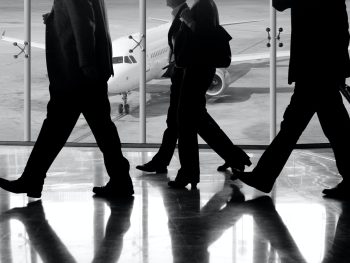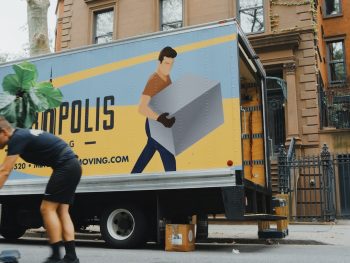
Does anyone dispute that walking is good for you? It’s good for the heart. It’s easy on the joints. It helps clear the mind. And it gets you out into a new or old neighborhood allowing you to soak in the sights, sounds, and smells that you would most likely miss from a car.
While traveling, we often walk more than when we are at home. It’s a great way to really see a new city. But I often like to walk as much as I can at home too. Sometimes cities are thought of as dirty, polluted population centers. But, for the most part, this is simply not the case anymore. Many urban areas across the United States have revitalized and poured lots of funds into their downtown centers – greening, beautifying, and turning old, now defunct warehouse spaces (i.e. Chicago‘s West Loop Market District) and even rail lines (i.e. Manhattan’s former High Line elevated train tracks) into new work and living spaces and parks.
Here are some great reasons to get out there and hit the pavement according to walkscore, a nifty site started by some Seattle (walk score of 72) software developers.

Why Walking Matters:
- Better health: A study in Washington State found that the average resident of a pedestrian-friendly neighborhood weighs 7 pounds less than someone who lives in a sprawling neighborhood. Residents of walkable neighborhoods drive less and suffer fewer car accidents, a leading cause of death between the ages of 15-45.
- Reduction in greenhouse gas: Cars are a leading cause of global warming. Your feet are zero-pollution transportation machines.
- More transportation options: Compact neighborhoods tend to have higher population density, which leads to more public transportation options and bicycle infrastructure. Not only is taking the bus cheaper than driving, but riding a bus is ten times safer than driving a car!
- Increased social capital: Walking increases social capital by promoting face-to-face interaction with your neighbors. Studies have shown that for every 10 minutes a person spends in a daily car commute, time spent in community activities falls by 10%.
- Stronger local businesses: Dense, walkable neighborhoods provide local businesses with the foot traffic they need to thrive. It’s easier for pedestrians to shop at many stores on one trip, since they don’t need to drive between destinations.

Walkscore.com ranks addresses and gives them a walk score from 0-100. This is something realtors are starting to use in the sale and marketability of homes and neighborhoods.
Pedestrian-friendly cities and towns can make huge personal economic sense. If you don’t need a car, you can save thousands a year on financing, leasing, insurance, maintenance, gas and parking fees — especially if you own more than one vehicle.

Living where there’s ubiquitous and reliable public transportation and services within a mile or less also means fewer worries about traffic jams, accidents, wasted money and time. And walking is good for you, so you could improve your health and lose weight.
The nation’s top 5 most walkable cities? San Francisco, New York, Boston, Chicago, and Philadelphia. My address in Chicago literally got a walk score of 100%. The score takes into account the restaurants, supermarkets, parks, schools, the lake, movie theaters, bookstores, and coffee shops, all of which are within comfortable walking distance.

My current address in the ‘burbs of New Jersey earned a meager walk score of 34%. It’s a lovely green town, but very spread out and you’d be hard pressed to get around without a car.
The logic seems obvious: You can lose weight each time you walk to the grocery store. You can go out with friends, have a glass of wine and not worry about driving. You spend less money on your car, car insurance, and gasoline—or you don’t own a car at all. When you shop, you support your local economy. You talk to your neighbors. You build a life and a community. Sounds nice, no?















 Six Adjectives For Traveler
Six Adjectives For Traveler
Totally agreed! I sold my car five years ago to move to Manhattan and love the freedom, forced exercise and lack of gas/insurance/car payments that resulted.
My current location in Seattle scored a 54, not surprising since I love the few blocks to the waterfront, bars and restaurants but have to borrow a car every time I need to grocery shop. I'm also a huge fan of Zipcar, for those times when it's too far to walk, and am currently harassing them to put one in my neighborhood!
There is no greater truth than walking an area teaches you far more than driving through it. Think of the communication (gestures) made while driving as opposed to the friendly greeting or acknowledgement people offer while walking past you. Do you suppose cavemen were friendlier before inventing the wheel?